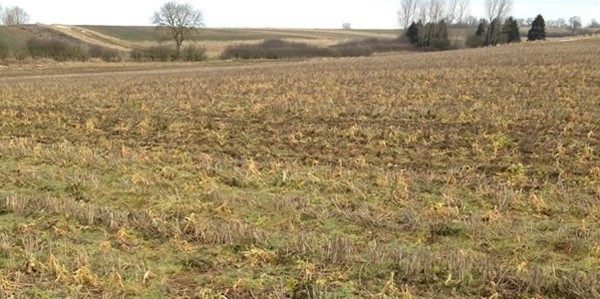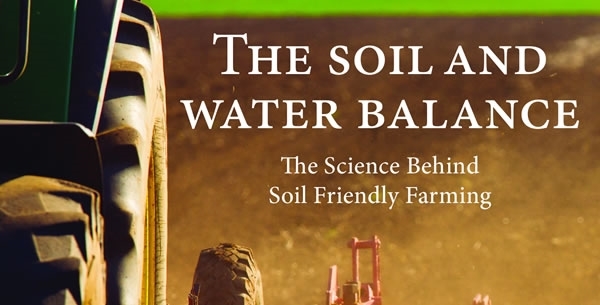
By Chris Stoate, Allerton Project Head of Research
The potential of cover crops to reduce impacts on water are fairly well understood, but the agricultural benefits are less clear, especially on the clay soils that are found across much of Lowland England. Over the past two years this issue has been investigated by our Soil Scientist, Dr Felicity Crotty as part of our contribution to Defra's SIP.
In 2015/16, we tested three different cover crop mixtures against a control (no cover crop present), replicated across three fields. In 2016/17, we tested the individual component species in those mixtures, with three replicates in the same field.
The first experiment adopted various mixtures of cereal, phacelia, radish and legumes, while the second experiment tested oats, phacelia, vetch, buckwheat and radish individually. In each case, we monitored a range of soil chemical, physical and biological properties, as well as cover crop and weed cover, and the yield and weed cover in the following spring-sown oats crop.
Cover crop mixtures containing radish generally supported 4 times higher numbers of surface dwelling (epigeic) earthworms. Control plots had up to twenty-three times as much weed cover as cover crop plots. In the following spring-sown oats, the yield, although low, was 60% higher in plots which had contained these cover crop mixtures, and the amount of black-grass and other weeds was up to six times higher in the control plots than the plots which had contained cover crops.
In the single species cover crop experiment, by February, epigeic earthworm biomass was 3.5 times higher in the radish plots than in the control. Weed cover was over 5 times higher in the bare stubble control plots than in oats and radish plots which had good cover of the planted cover crops. This provides a clear indication of the ability of some cover crops to supress weeds.
The yield of spring oats was 20% higher in plots which had previously contained radish compared to the bare stubble control plots, but overall yields were again low and the difference was not statistically significant.
The low weed burden in the spring-sown oats is likely to be due to improved rooting conditions for the cash crop and associated crop vigour and competitive advantage, rather than to supression of weeds in the cover crop.
In fact, while a sparse, open-structured crop may have lower benefits to the soil in terms of organic matter contribution for example, higher germination of weeds in the cover crop provides more opportunity for weed control when the cover crop is sprayed off in late winter. Such are the trade-offs associated with cover crops.
On clay soils in the Midlands, establishment of cover crops occurs later than on lighter soils and more southern locations, resulting in a less dense crop than can be achieved in more favourable conditions. Cover crops also do not reach the stage of maturity that occurs elsewhere with the result that physical means of cover crop destruction such as crimping are not feasible and a glyphosate application is necessary, even if the cover crops are previously grazed by sheep.
While the costs of cover crops remain constant from year to year, the benefits are likely to vary with weather, harvest and soil conditions. While weed control and water protection benefits are realised in the first year, cover crops that improve soil properties may have longer lasting implications for crop performance and water quality.
These are issues which are of considerable relevance to the economics of adopting cover crops and their role in environmental improvement. New research being carried out at Loddington over the next few years will contribute further to this debate.

Get the inside track on soil and water research
We are delighted to announce the launch of our brand new book - The Soil & Water Balance.
Priced at just £9.95, this handy paperback provides the inside track on soil and water research.
Presented in a Q&A style, much like last year’s popular Moorland Balance, this 100-page book looks at the problems and solutions on topics ranging from erosion and contamination, to the impact on songbirds and other wildlife.
Combining years of research at the GWCT's Allerton Project demonstration farm with tens of external scientific papers, this is a fascinating study of how farming can adapt to the challenges it currently faces.
Buy now >